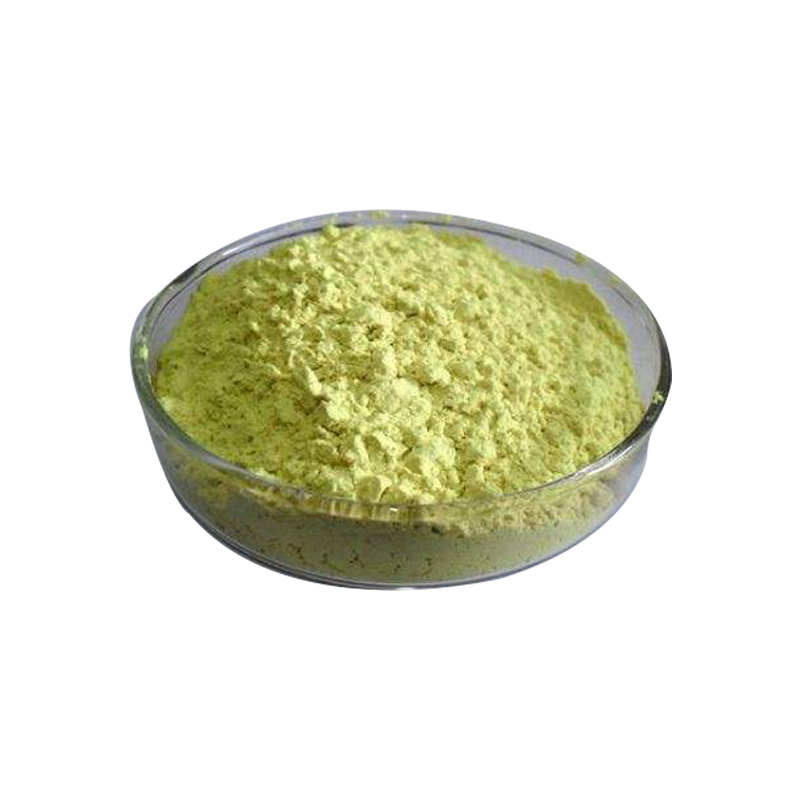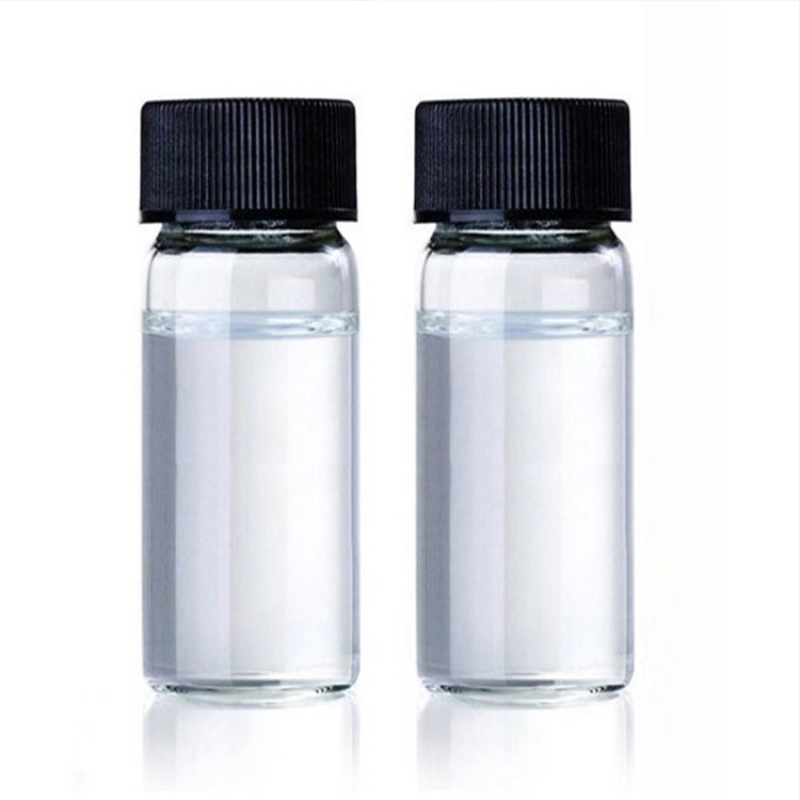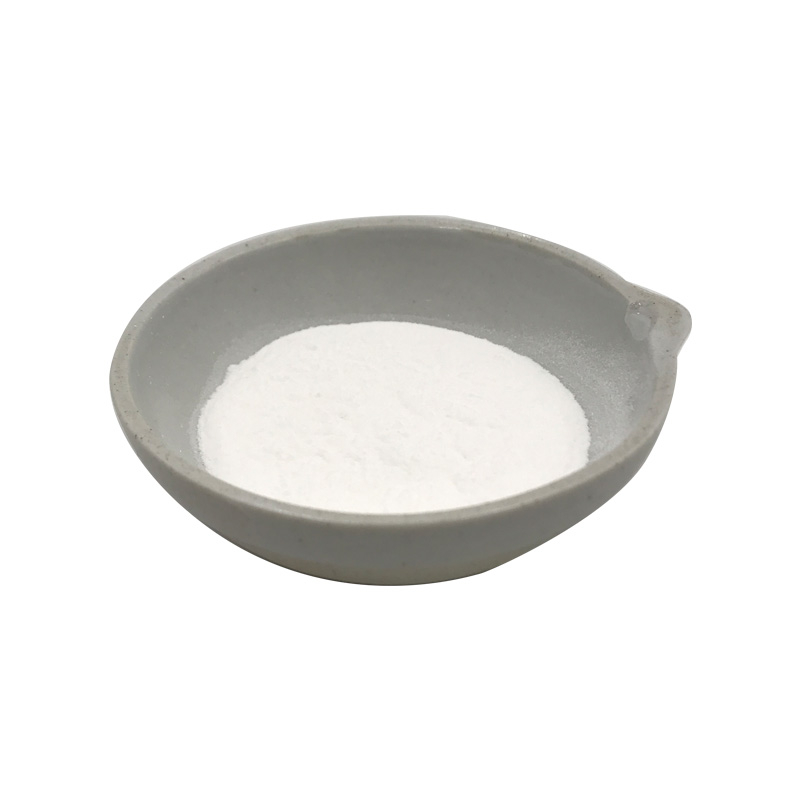Products Description of Tannic acid CAS#1401-55-4Tannic acid, also known as tannic acid, is an organic compound with a chemical formula of C76H52O46. It is a yellow or brownish yellow powder. Its aqueous solution turns blue-black when it meets an iron salt solution. Adding sodium sulfite can delay the discoloration.In industry, tannic acid is widely used in tanning leather and making blue ink. Tannic acid can coagulate protein. People use tannic acid to chemically treat raw pig skin and raw cow skin, which can coagulate the soluble protein in the raw skin.
Contact Now
Products Description of Tannic acid CAS#1401-55-4This product is a light yellow to light brown powder with a special odor and an extremely astringent taste; soluble in 1 part of water or ethanol, soluble in acetone, and insoluble in chloroform or ether.Tannic acid Chemical PropertiesMelting point 218 °C (lit.)Boiling point 862.78°C (rough estimate)density 1.2965 (rough estimate)refractive index 1.7040 (estimate)FEMA 3042 | TANNIC ACID (QUERCUS SPP.)Fp 198°Cstorage temp. Storage temperature: no restrictions.solubility ethanol: soluble100mg/mL, yellow
Contact Now
Products Description of Isonicotinic acid CAS#55-22-1Isonicotinic acid is also known as pyridine-4-carboxylic acid. White needle-shaped crystals. Odorless, can sublime. Molecular weight 123.11. Melting point 319℃. Slightly soluble in cold water, soluble in hot water, insoluble in alcohol, benzene, ether. It is an amphoteric compound, soluble in both acid and alkali. Soluble in hot water and ethanol, slightly soluble in cold water and ether.
Contact Now
Products Description of Benzenesulfinic Acid Sodium Salt CAS#873-55-2Benzenesulfinic Acid Sodium Salt is white crystal or white powder with a melting point of 300°C. It is stable at room temperature and pressure and avoids contact with oxides.
Contact Now
Products Description of Chlorhexidine CAS#55-56-1Used for gingivitis (acute necrotizing ulcerative gingivitis), oral infections after dental surgery, prevention and treatment of oral infections in patients with cancer and leukemia, stomatitis and follicular stomatitis caused by bacterial or fungal oral infections caused by wear of dentures Chemicalbook , Reduce dental plaque.
Contact Now
Products Description of Tin sulfate CAS#7488-55-3White or light yellow crystalline powder. Soluble in water, solubility 33g/100ml water at 35℃. Soluble in dilute sulfuric acid.Stannous sulfate Chemical PropertiesMelting point 360 °Cdensity 4,15 g/cm3vapor pressure 0Pa at 20℃storage temp. no restrictions.form SolidSpecific Gravity1.35color White to off-whitePH1.6 (50g/l, H2O, 20℃)Water Solubility 330 g/L (20 ºC)Merck 14,8790Exposure limitsACGIH: TWA 2 mg/m3NIOSH: IDLH 100 mg/m3; TWA 2 mg/m3Stability:Stable, but moisture sensitive.
Contact Now
Products Description of Imidazo[1,2-b]pyridazine CAS#766-55-2Imidazolo[1,2-b]pyridazine can be used as a pharmaceutical synthesis intermediate, and can be prepared from 3-pyridazine as a reaction raw material and 2-chloroethylamine hydrochloride, and can be used to prepare 3-ethynylimidazo[1,2-b]pyridazine, an intermediate of ponatinib.Imidazo[1,2-b]pyridazine CAS#766-55-2 Chemical PropertiesMelting point 54℃density 1.29±0.1 g/cm3(Predicted)storage temp. Inert atmosphere,Room Temperaturesolubility Soluble in dimethylformamide.form powder to crystalpka5.30±0.30(Pre
Contact Now
Products Description of 1-Dodecanethiol CAS#112-55-0Colorless or light yellow liquid. Melting point -7℃, boiling point 165-169℃ (5.19kPa), 142-145℃ (2kPa), relative density 0.8450 (20/20℃), refractive index 1.4589, flash point 87℃.
Contact Now
Products Description of 4-Morpholineethanesulfonic acid CAS#4432-31-92-Morpholineethanesulfonic acid is a white solid powder at room temperature and pressure. It is soluble in polar solvents such as water, ethanol, methanol, and acetone, but insoluble in non-polar solvents. Its molecular structure contains a morpholine ring and an ethanesulfonic acid group. The morpholine ring is a nitrogen-containing heterocyclic compound with high stability and inertness, and has no obvious toxicity or irritation to organisms.
Contact Now
Products Description of 4-Pyridazinecarboxylic Acid CAS#50681-25-94-Pyridazinecarboxylic Acid is a commonly used chemical raw material, often used as a pharmaceutical intermediate.4-Pyridazinecarboxylic Acid CAS#50681-25-9 Chemical PropertiesMelting point 244.2 °C (dec.) (lit.)Boiling point 404.2±18.0 °C(Predicted)density 1.403±0.06 g/cm3(Predicted)storage temp. Sealed in dry,Room Temperatureform powder to crystalpka3.18±0.10(Predicted)color White to Almost whiteInChIInChI=1S/C5H4N2O2/c8-5(9)4-1-2-6-7-3-4/h1-3H,(H,8,9)InChIKeyJUSIWJONLKBPDU-UHFFFAOYSA-NS
Contact Now
Products Description of 3-Dimethylaminopropylamine 99.5% CAS#109-55-7Colorless and transparent liquid, soluble in water and organic solvents. Relative density 0.8100. Boiling point 133℃. Freezing point - 70°C. Below this temperature it solidifies into glass. Flash point (closed cup) 15℃. Refractive index 1. 4350.
Contact Now
Products Description of Aluminium 2-ethylhexanoateCAS#30745-55-2Used as thickener for printing inksAluminium 2-ethylhexanoate Chemical PropertiesFp >177°Csolubility very faint turbidity in hot 1mol/L NaOHform Powdercolor whiteWater Solubility moderately solubleInChIKeyITXFWNWNWXSDBB-UHFFFAOYSA-KEPA Substance Registry SystemAluminum, bis(2-ethylhexanoato-.kappa.O)hydroxy- (30745-55-2) Safety InformationRisk Statements 36/37/38Safety Statements 24/25RIDADR 1325HazardClass 4.1PackingGroup IIIHS Code 29319090Factory and Equipment
Contact Now
Products Description of Dimethyl-Amino Propyl-Amine CAS#109-55-7N,N-dimethyl-1,3-diaminopropane is an organic compound with the molecular formula C₅H₁₄N₂3-Dimethylaminopropylamine Chemical PropertiesMelting point -60 °CBoiling point 133 °C(lit.)density 0.812 g/mL at 25 °C(lit.)vapor density 3.6 (vs air)vapor pressure 5 mm Hg ( 20 °C)refractive index n20/D 1.435(lit.)Fp 90 °Fstorage temp. Store below +30°C.form Liquidpka10.13±0.10(Predicted)color ClearOdorammoniacal odorPH12.7 (100g/l, H2O, 20℃)explosive limit2
Contact Now
Products Description of 2-Aminothiazole-4-acetic acid CAS#29676-71-9 It is prepared by condensing ethyl chloro or bromoacetyl acetate with thiourea and then hydrolyzing it.2-Aminothiazole-4-acetic acid Chemical PropertiesMelting point 130 °C (dec.)(lit.)Boiling point 399.0±17.0 °C(Predicted)density 1.367 (estimate)vapor pressure 1.03-1.15hPa at 20℃refractive index 1.6430 (estimate)storage temp. -20°Csolubility DMSO (Slightly)pka3.20±0.10(Predicted)form solidcolor WhiteWater Solubility 6.5 g/L (20 ºC)BRN 127415Stability:Unsta
Contact Now
l-Glutamic acid, N-coco acyl derivs., disodium salts Chemical Propertiesdensity 1.318[at 20℃]vapor pressure 0Pa at 20℃pka1.52[at 20 ℃]Water Solubility 450g/L at 20℃LogP-4.48 at 20℃EPA Substance Registry SystemL-Glutamic acid, N-coco acyl derivs., disodium salts (68187-30-4)Factory and Equipment ShowFast delivery timeInventory 2-3 working days New production 7-10 working days
Contact Now
Products Description of 4-Chloro-2-nitrobenzoic acid CAS#6280-88-2 4-Chloro-2-nitrobenzoic acid, also known as p-chloro-o-nitrobenzoic acid, is an important organic intermediate used in a variety of production fields such as pesticides, medicines, and dyes.
Contact Now
Products Description of ASTRAZON PINK FG CAS#3648-36-0Dark red uniform powder. Dissolves in water to produce bright pink. When dyed at high temperature (120℃), the color does not change. If dyed in sulfuric acid bath, the color changes slightly, and when dyed in formic acid bath, the color does not change. Light fastness level 4.
Contact Now
Products Description of Diantimony trioxide CAS#1309-64-4 Antimony trioxide is an inorganic compound with the chemical formula Sb2O3. The natural product is called antimony white, commonly known as antimony white. It is a white crystalline powder with a melting point of 655℃ and a boiling point of 1550℃. It is soluble in concentrated hydrochloric acid, sulfuric acid, alkaline solution and hot tartaric acid solution, slightly soluble in water, dilute nitric acid and dilute sulfuric acid.
Contact Now
Products Description of Trimethyl borate CAS#121-43-7Moisture-sensitive liquid, fuming in the air. Melting point -29.3℃, boiling point 68-69℃, forms azeotropic mixture with methanol, azeotropic point 55℃, relative density (20/4) 0.920, refractive index (nD25) 1.3543 (1.3548). Very flammable, flash point -1℃. Miscible with ether, methanol, tetrahydrofuran, isopropylamine and hexane.
Contact Now
Products Description of 4-(2-Tetrahydropyranyloxy)phenylboronic acid CAS#182281-01-2Phenylboric acid is a chemical substance with the chemical formula C11H15BO4.4-(2-Tetrahydropyranyloxy)phenylboronic acid Chemical PropertiesMelting point 117-124 °CBoiling point 411.3±55.0 °C(Predicted)density 1.21±0.1 g/cm3(Predicted)storage temp. Keep in dark place,Sealed in dry,Room Temperaturesolubility soluble in Methanolform powder to crystalpka8.63±0.16(Predicted)color White to Light yellowCAS DataBase Reference182281-01-2(CAS DataBase Reference)Safety Information
Contact Now
Products Description of Sulfanilic acid CAS#121-57-3White or off-white crystal. Hydrates lose water at 100°C, and anhydrous substances begin to decompose and carbonize at 280°C. Relative density 1.485 (25/4).
Contact Now
Products Description of 3,5-Dinitrosalicylic acid CAS#609-99-4Yellow flaky crystals. Melting point 173-174°C. Soluble in alcohol, benzene, ether, slightly soluble in water.3,5-Dinitrosalicylic acid Chemical PropertiesMelting point 168-172 °C (lit.)Boiling point 369.91°C (rough estimate)density 1.7914 (rough estimate)refractive index 1.5300 (estimate)storage temp. room tempsolubility H2O: soluble50mg/mLform Powderpka1.57±0.10(Predicted)color YellowPH Range1.3-1.8 (10g/L @ 20°C)Water Solubility solubleBRN 2220661Stability:Stable.
Contact Now
Products Description of 4-(4-Aminobenzyl)piperazine-1-carboxylic acid tert-butyl ester CAS#304897-49-24-(4-Aminobenzyl)piperazine-1-carboxylic acid tert-butyl ester is a carboxylic acid ester derivative and can be used as a pharmaceutical intermediate.4-(4-Aminobenzyl)piperazine-1-carboxylic acid tert-butyl ester Chemical PropertiesBoiling point 413.6±40.0 °C(Predicted)density 1.136±0.06 g/cm3(Predicted)storage temp. under inert gas (nitrogen or Argon) at 2–8 °Cpka7.16±0.10(Predicted)Safety InformationHS Code 2933599590Product Application of 4-(4-Aminobenzyl
Contact Now
Products Description of Alginic acid CAS#9005-32-7Alginic acid is a viscous organic acid, also known as alginic acid and alginic acid. The product is white to light yellow-brown powder. The average molecular weight is about 240,000. Melting point>300℃. It is slightly soluble in hot water, and the viscosity of its aqueous solution is 4 times higher than that of starch. It is insoluble in cold water and organic solvents, and slowly dissolves in alkaline solutions.
Contact Now








![Imidazo[1,2-b]pyridazine CAS#766-55-2](https://d3rnfhc14zcmdf.cloudfront.net/cdn/ff/0zOUVGs0O2UNKg1sLuyBEd5hRn1Q9iSLX8YfXSek5M4/1720183747/public/styles/chanpinzhutu/public/2024-07/16-1_2.jpg?itok=yIuJQIIN)

























